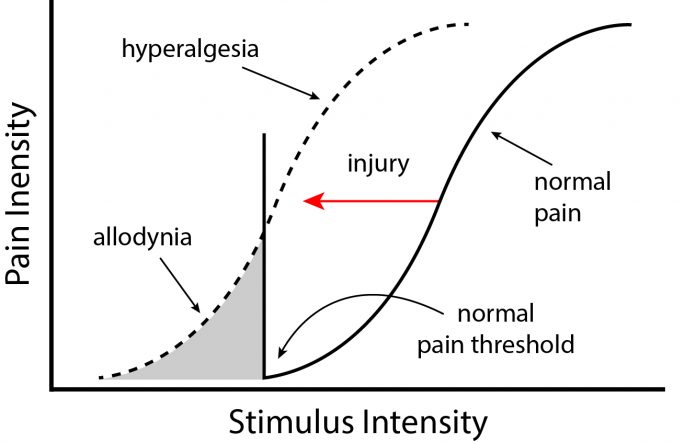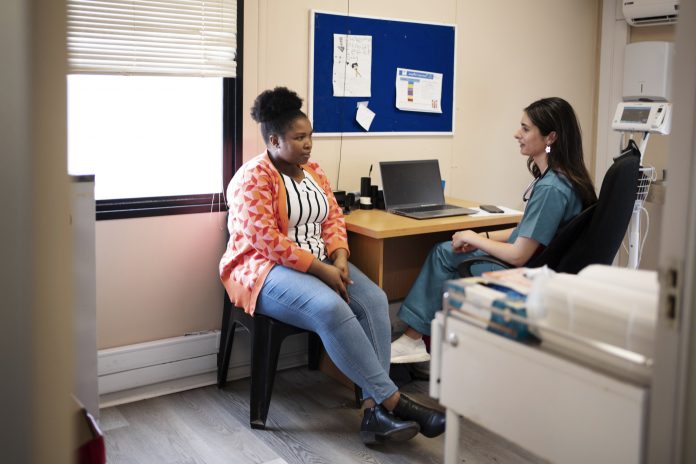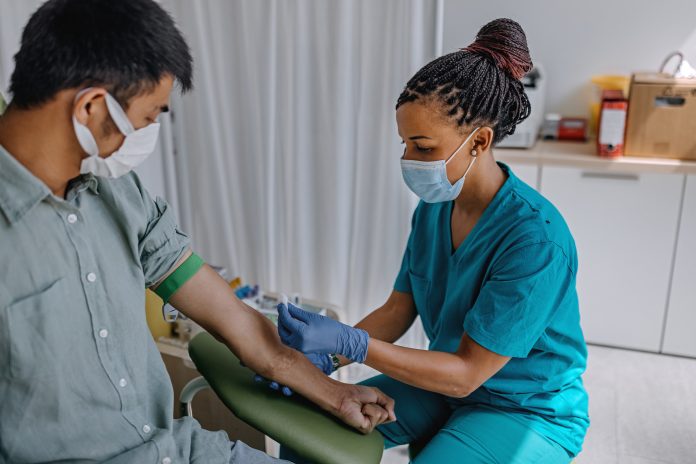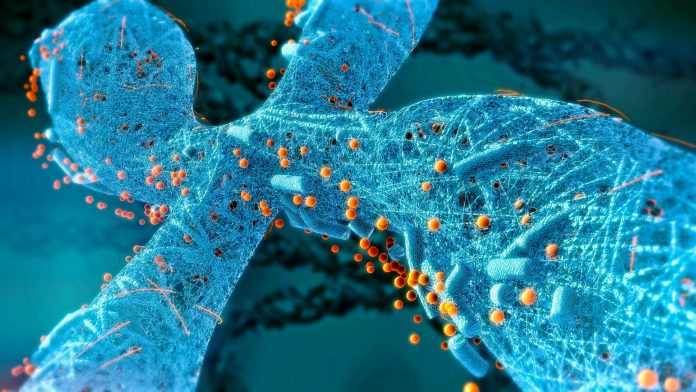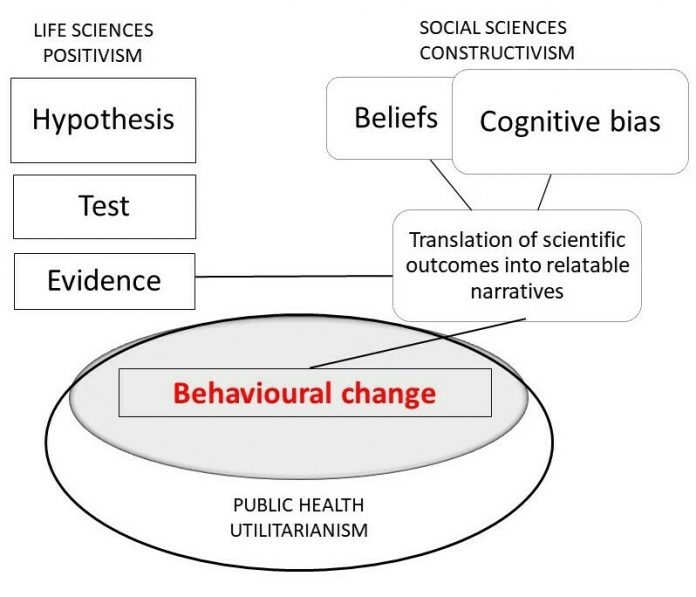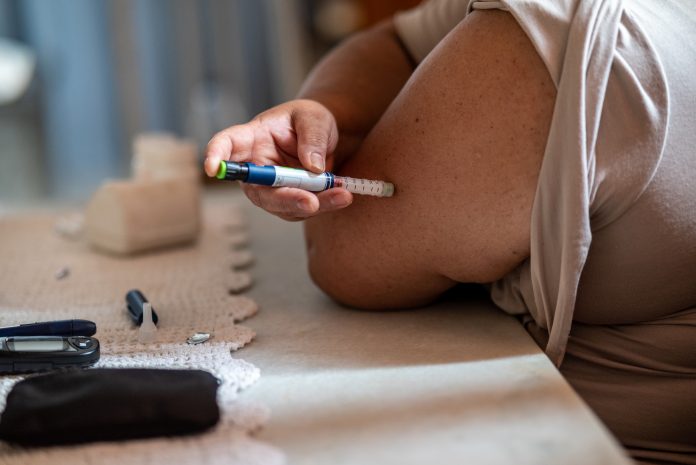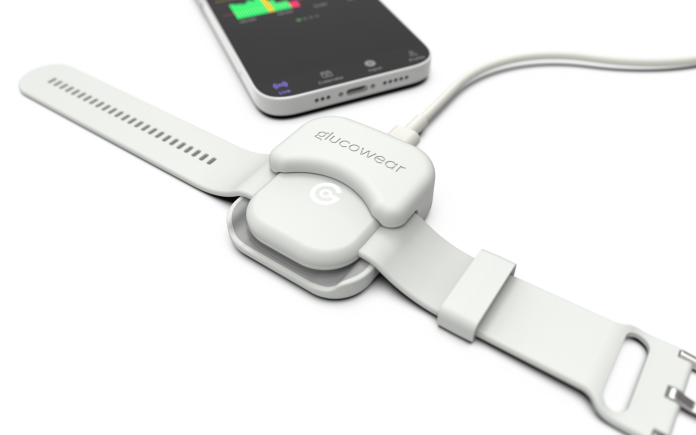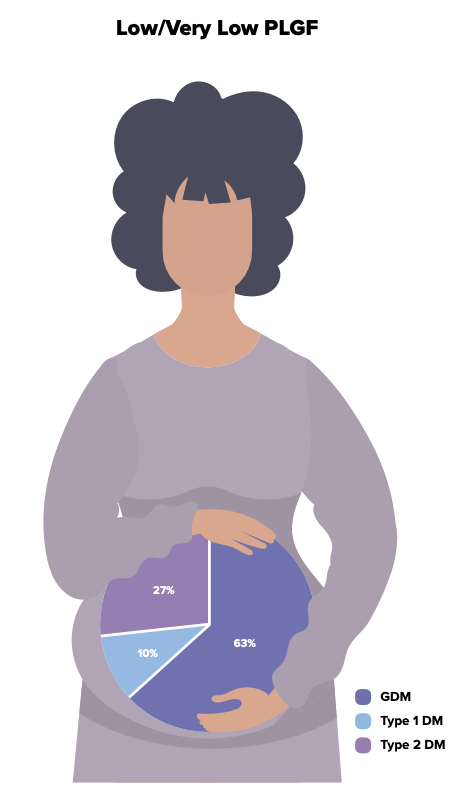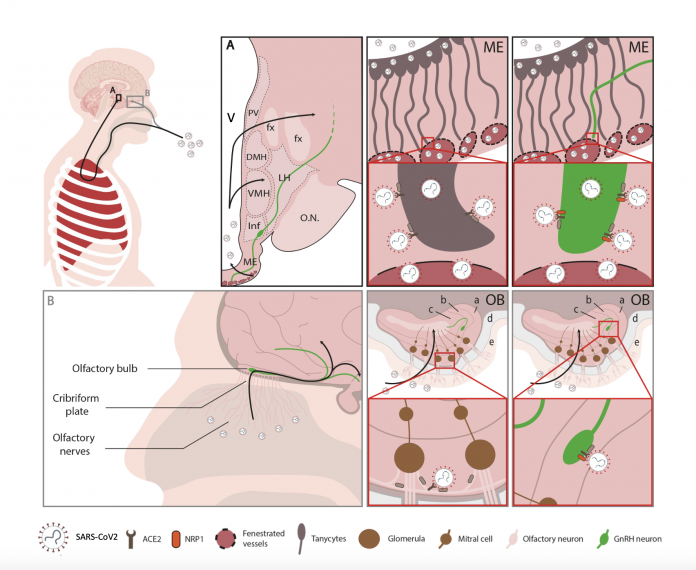Home Search
diabetes - search results
If you're not happy with the results, please do another search
Therapeutic potential of the endocannabinoid system to treat chronic pain in inflammatory disease
Pharma researchers Julie Blaising and Philip Smith from F. Hoffmann-La Roche Ltd. discuss the endocannabinoid system as a pathway to treat inflammatory diseases such as Inflammatory Bowel Disease (IBD) and endometriosis.
Can cows create insulin? Transgenic cow opens doors for sustainable human insulin production
Researchers have successfully developed the world's first transgenic cow capable of producing human insulin in her milk.
A guide for occipital neuralgia patients
Giorgio Pietramaggiori, MD, PhD and Saja Scherer, MD, from the Global Medical Institute, help us to understand occipital neuralgia in this detailed patient guide.
Bariatric surgery opens doors for ESRD patients
Scientists have linked bariatric surgery with end-stage renal disease (ESRD) patients to see if it helps them become eligible for a kidney transplant.
Why giving blood is one of the best things you can ever do?
Ever thought about giving blood? Around 2.5 million litres of blood are transfused annually in the UK, but do we know about giving blood? Is it safe? What happens when you donate? Are there any risks? Here is all the information you need
The World Health Organization’s plan to tackle global obesity
A recent study published in The Lancet has revealed statistics regarding obesity, revealing that more than 1 billion individuals worldwide were struggling with obesity in 2022
Obesity rates among adults have more than doubled since 1990 and quadrupled among children aged 5 to 19 years.
The struggles of undernutrition and obesity
The...
UK gender gap in health: How can remote monitoring create fair female healthcare?
Natalie Duffield explains how Inhealthcare – a UK leader in digital health and remote monitoring – is helping NHS organisations to develop and deliver technologies that can help close the gender gap in health outcomes and provide fair access to women’s clinical services.
Insights on metabolic health and reproductive wellness with Dr. Carol Elias
In this exclusive interview, Dr. Carol Elias simplifies the complex link between metabolism and reproduction, sharing insights into the science behind our physiological balance.
Cannabis use linked to increased risk of heart attack and stroke
Analysis of over 430,000 adults in the United States has unveiled concerning connections between cannabis consumption and heightened risks of heart attack and stroke.
Understanding and supporting neurological conditions among the incarcerated
Samuel Han and Audrey Nath discuss neurological conditions among the incarcerated, who they argue are a medically underserved population.
New scientific statement raises awareness of heart disease risks for women
Recent evidence reveals the risks and challenges women face regarding heart disease, emphasising the urgent need to prioritise heart health among women.
Beyond the numbers: COVID-19 data miscommunication
Prof Giampiero Favato and Cristina Oliva, MD, explain how storytelling shapes health behaviours beyond the numbers. Here, we learn lessons from COVID-19 data miscommunication.
Leveraging innovations in health tech to mitigate health care disparities
From desktops to laptops, smartphones to smartwatches, technology has come to play an increasingly central role in our lives, but what about health tech? And as the influence of technology has spread across industries, crucial sectors like education and healthcare have seen noticeable transformations.
Oral insulin delivery: A smarter solution for insulin management
Scientists have discovered a way to supply insulin to the body, which could benefit the lives of 425 people worldwide battling with diabetes.
Should the wider population be paying attention to their blood sugar levels?
Diabetes represents a huge burden on health systems and sufferers, but accurately monitoring blood sugar levels could help people to take control of their health before more serious issues come to light.
The link between placental growth factor and pregnancy complications
Ernesto Figueiro-Filho and Karolina Grzyb from the University of Saskatchewan discuss the role of placental growth factor (PlGF) in screening for preeclampsia and adverse obstetric outcomes in diabetic populations
Digital Life Norway (DLN) Initiative to foster and boost transdisciplinary biotechnology research and innovation
Meeting the rapid developments in biotechnology by fostering transdisciplinarity, including digitalisation and big data, to create convergence for innovation in a virtual centre.
Sepsis Canada: Building a national research network for sepsis awareness
Sepsis is a life-threatening condition estimated to affect 49 million people annually worldwide; yet it is not widely understood. In this article, we hear how Sepsis Canada is working to promote sepsis awareness through supporting research, public education, and cross-disciplinary training.
Breaking the stigma: Men’s mental health matters
Dr Deborah Lee from Dr Fox Online Pharmacy discusses men’s mental health, including common barriers to seeking help and the measures needed to improve overall awareness and support.
Brain infection by SARS-CoV-2: Lifelong consequences
The WATCH team, founded to elucidate the role played by specialized brain cells called tanycytes in various physiological processes, has been investigating how and where the SARS-CoV-2 virus infects the brain, and some long-term consequences of this neuro-invasion.


